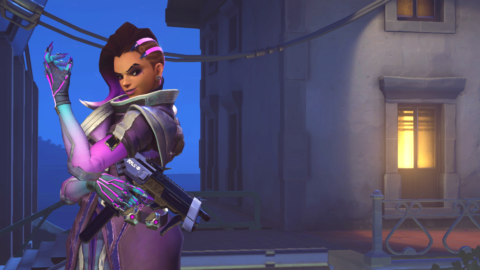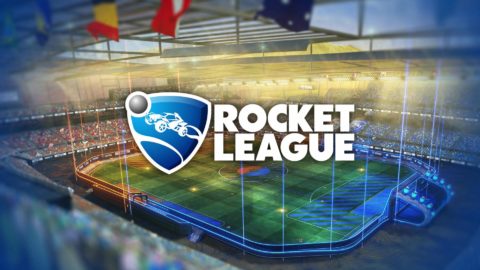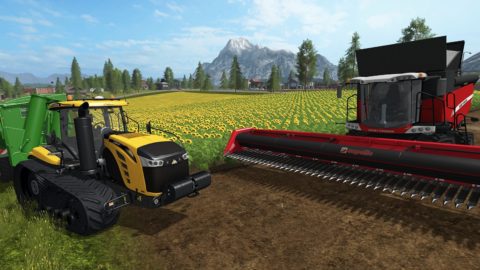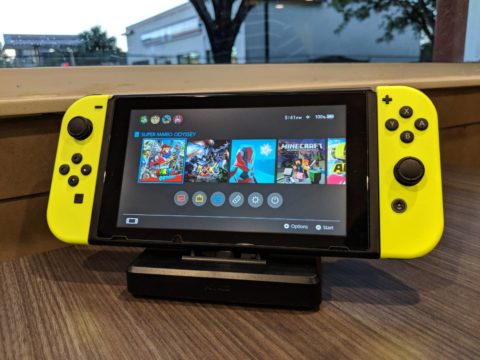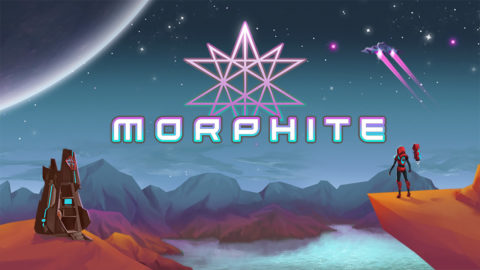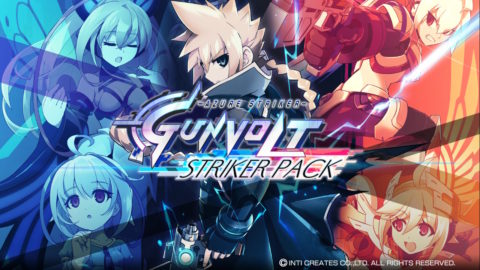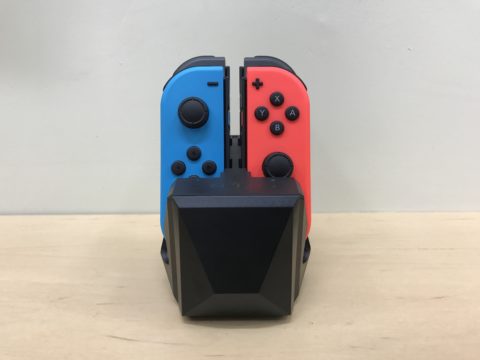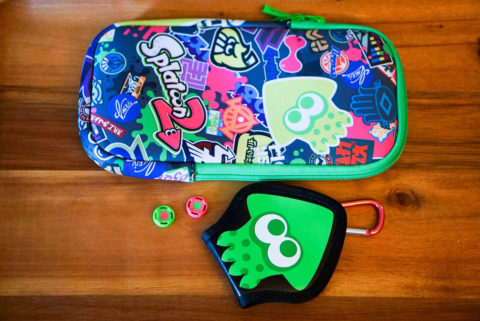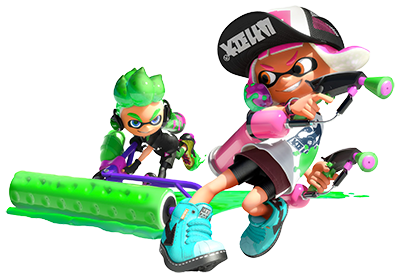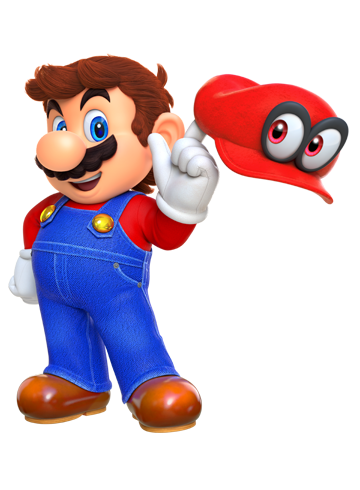Of all the new IPs to release this decade, I have a surprising amount of personal history with Overwatch. For months after its release, my then-partner and I spent endless evenings playing the game on our severely underpowered laptops. A shared interest in the game helped me make new friendships and even reconnect with old ones during my college years. It’s also one of the few major AAA titles to represent Latinx identity through several characters. Even though I don’t play the game as much anymore, Overwatch holds a special place in my heart.
It might have been my attachment to the game talking, but putting Overwatch on Switch seemed like a no-brainer to me. I was looking forward to capturing control points as my favorite characters at home or elsewhere. After a week with Overwatch: Legendary Edition, however, I’ve come to realize that the Switch might not be the best fit for Blizzard’s beloved hero shooter.
The Cavalry’s Here
Everything you know and love about Overwatch has been faithfully recreated and brought to the Switch in surprising detail. All thirty-one characters have made their way onto Nintendo’s small console with all of their animations, characteristics, and skins intact. Considering the hardware, it’s not going to be as beautiful as it is on more powerful platforms. But even so, the level of polish in Overwatch‘s core presentation makes it feel magical at any quality.
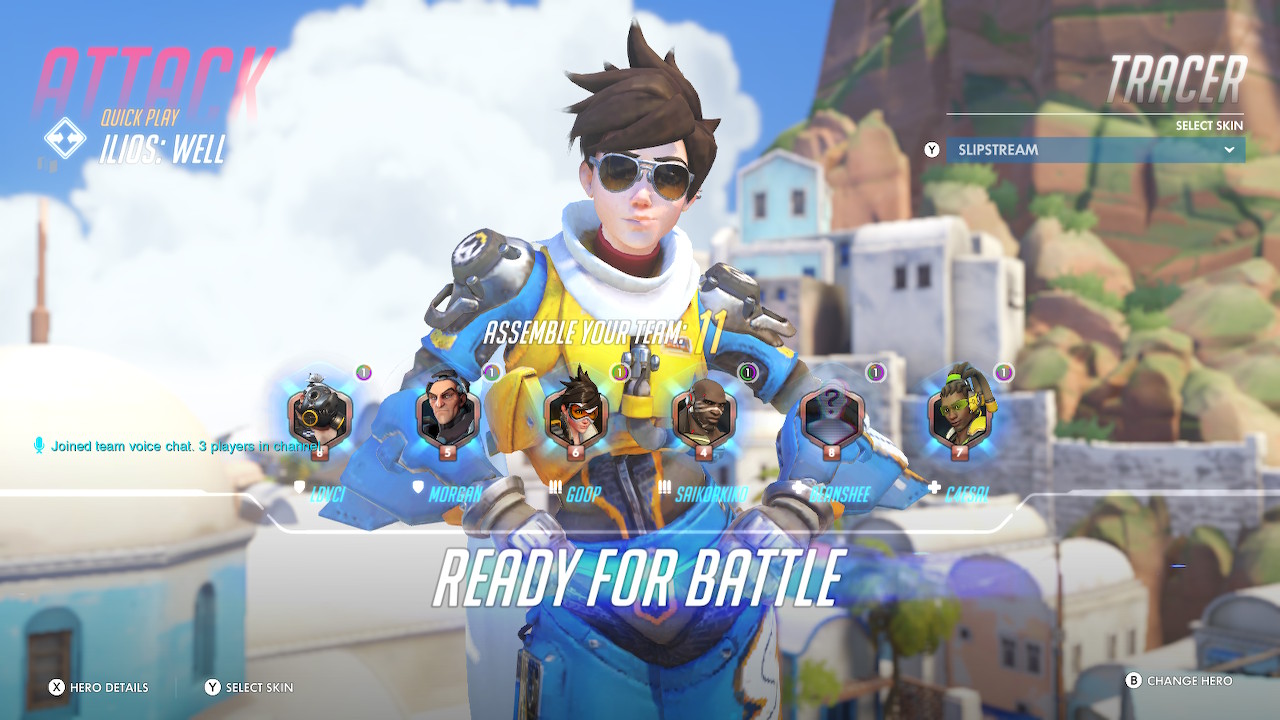
After playing the game for years on PC at low settings, Overwatch looks great on Switch. The textures are detailed, the colors are vibrant, the lighting is nice, and the models look great. Maps like Hanamura and Eichenwalde are remarkably similar to their console/PC counterparts and are stunning to look at if a bit blurry. The characters might also look a little fuzzy, but their animations are just as alive and detailed as they are endearing. All of the character’s iconic and exciting ultimate abilities are well-realized, too. From Lucio’s mesmerizing Sound Barrier to D.Va’s explosive self-destruct, Overwatch on Switch is not skimping out in its features or presentation.
Overwatch is a multiplayer shooter first and foremost. The Switch port features all of the play modes available on other platforms such as Quick Play, Competitive Play, and Arcade. Quick Play and Competitive Play (which was not open at the time of writing) rotate between four different modes that involve two teams fighting for an objective. These modes – Assault, Control, Escort, and Hybrid – aren’t the most original. They make for exciting stand-offs and tense final moments, but Overwatch‘s magic lies in its characters and their synergies.
It’s All About The Team
Overwatch stands out from other multiplayer shooters because of its uniquely designed and diverse characters. Every single character plays distinctly – even if they are in the same role. A support character like Ana is wildly different from Lucio. Lucio’s mobility and passive healing abilities allow him to thrive on the battlefield while Ana’s sniper and sleep dart work best to heal and protect the team at long distances. An assault character like Sombra can hack resources and sneak their way behind enemy lines while Ashe can provide firepower at varying distances. Even a tank-like Reinhardt plays incredibly differently from another tank like Winston. Reinhardt’s huge armor and shield make him slow but excellent at protecting the team as they push or defend an objective. Winston’s ability to jump long distances is perfect for disrupting the enemy team from behind or picking off solitary players.
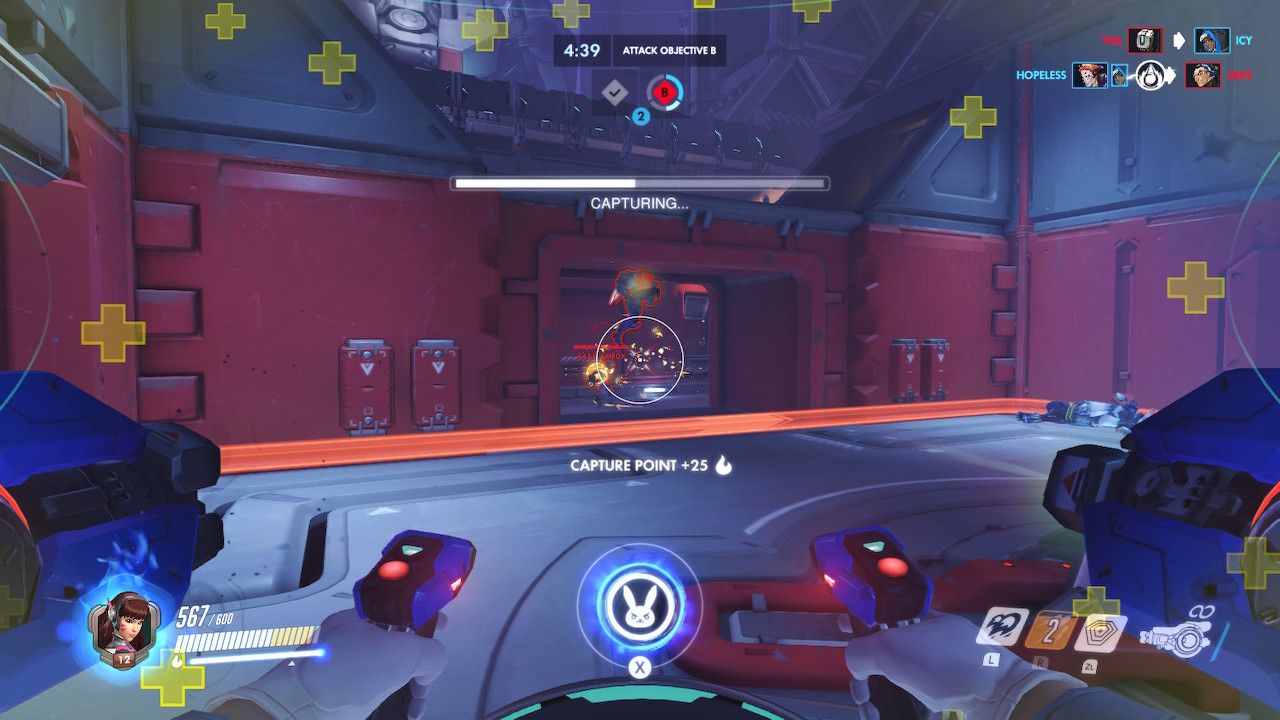
The fact that each character is so unique makes their ability to synergize together even more exciting. It’s fun to figure out what characters work best for the current team in any given situation. Instead of locking you into the same character for the whole match, you’re able to freely switch between characters in the role you queued up as. It’s not just a game about killing the enemy and taking the objective, but about constantly adapting and staying ahead of the enemy team’s synergies as well. Working with your teammates to aid each other while countering enemy players is essential to victory, and incredibly rewarding.
For The Love of Overwatch
If it’s not already apparent, I legitimately love Overwatch‘s characters. They’re not unique only in their abilities, designs, and personalities. They’re also unique in terms of race, cultural backgrounds, body type, gender identity, sexual orientation, etc. As a U.S. born Latinx, there’s something familiar and comforting to me about playing as Latinx characters like Sombra, Reaper, and Lucio. I wish I knew more about them, though. Aside from the pieces of info that we’ve learned throughout the years, the lore of all these characters is still largely a mystery. I’m still hoping for Blizzard to make a greater effort at telling their tales in a meaningful manner.
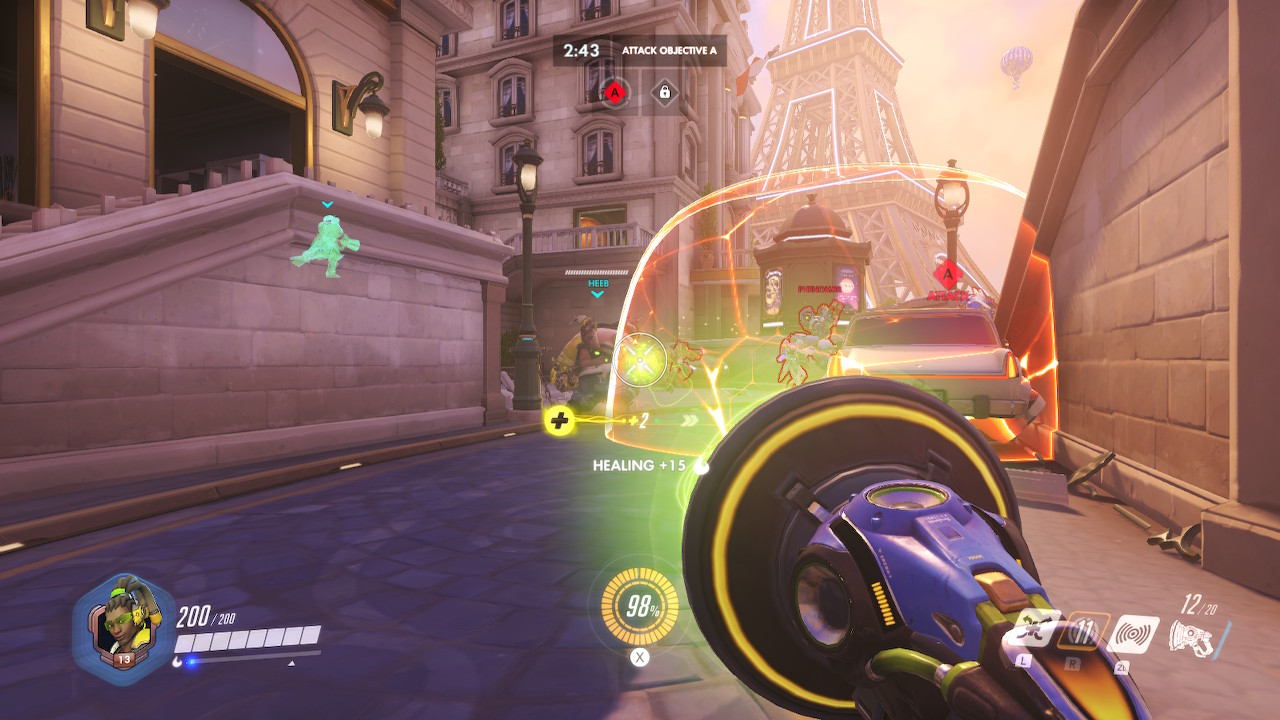
From West Africa to Mexico to Japan, Overwatch‘s maps showcase various locales from all over the world. Maps like Havana, Numbani, and Nepal are distinct in their designs and take place in rarely explored locations in gaming. Playing on them is another story, though. Most of the map layouts usually involve linear paths and obvious chokepoints. I appreciate how some maps like Horizon Lunar Colony, Hollywood, and Junkertown incorporate vertical traversal to break up the tedium. There’s only so much that can be done for objective-based modes and maps, though.
As a competitive hero shooter, Overwatch is susceptible to balance issues and meta changes. As Blizzard adds new characters and maps, or changes existing ones, the game changes as well. Things can become overpowered, ineffective, or straight-up broken. Characters like Mercy and Symmetra’s abilities are significantly different today from their original designs in 2016. I won’t get into a discussion about meta, but it’s a delicate balance that Blizzard needs to manage carefully in order to maintain an active community.
Loot Boxes, Events, and More
Overwatch only has microtransactions in the form of loot boxes. Everything you get from a loot box will be cosmetic. If you’re really into the idea of collecting skins, though, the grind to unlock loot boxes without spending money can be a little tough. It feels even tougher during limited-time events that feature rare themed skins and items. These items are only available in loot boxes, via in-game credits, or weekly challenges during the event. If you want that spooky Tracer skin, you’ll have to save up your credits, hope it’s in a weekly challenge, or get lucky before the Halloween event is up. I’m not a big fan of loot boxes and would rather pay upfront for skins, but I’m not losing any sleep over optional cosmetics.
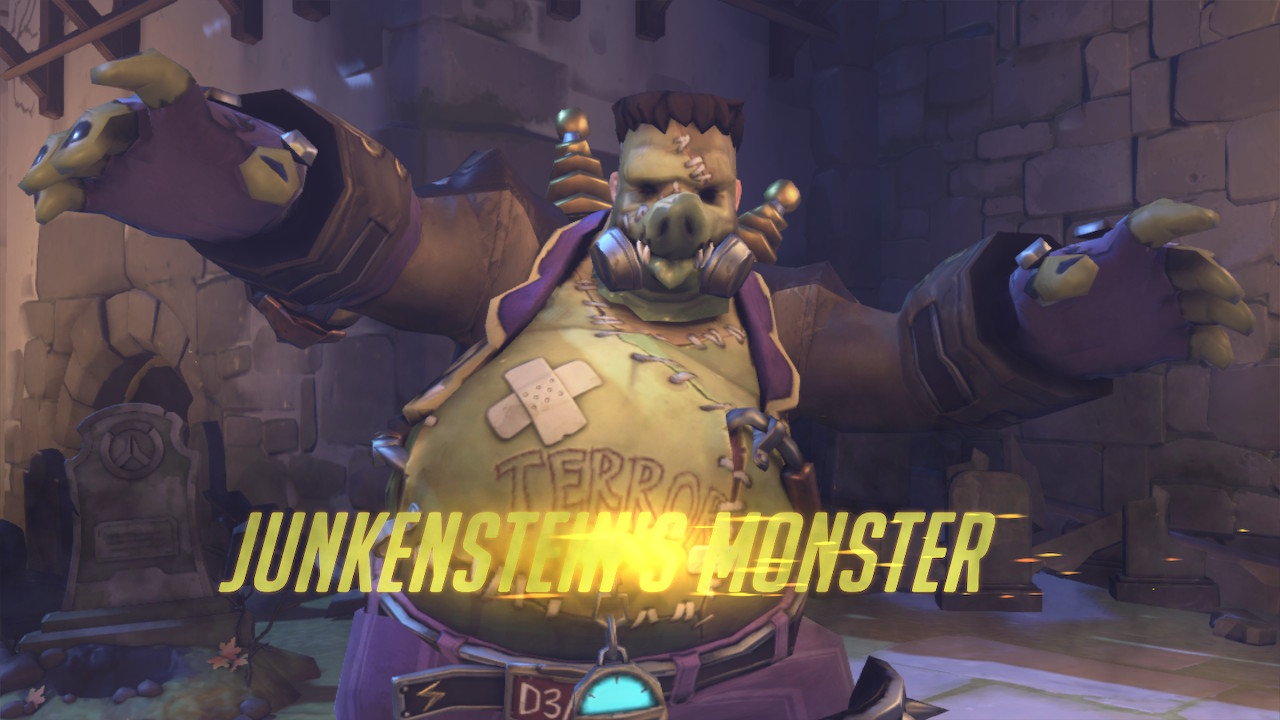
Speaking of events, Overwatch features special modes based around a holiday or in-game event. Some of these events bring special modes like Junkenstein’s Revenge (horde mode) on Halloween or Mei’s Snowball Offensive during the winter season. They are a nice change from the main play modes, but Blizzard has repeated these same events for years now. Junkenstein’s Revenge has pretty much remained the same since its initial release in October of 2016. It was fun and new at first, but I don’t look forward to playing it every Halloween. I would like to see something new or some kind of change that makes it distinct each year.
If you’re looking for something entirely different, there are custom game modes available. Overwatch lets you create custom games with the ability to change nearly every rule to your desire. These custom modes provide a unique take on Overwatch‘s characters and mechanics. From Widowmaker-based sniper lobbies to racing through a map as Lucio, they’re a nice change of pace from the objective-based competition.
Overwatch Anywhere (Internet Connection Required)
All of the factors that would make Overwatch a compelling purchase on Switch come with exceptions that ultimately bring down the experience.
The ability to play the game anywhere is one of the main reasons I was excited to have it on Nintendo’s hybrid console. Unless there’s a stable internet connection around, though, “anywhere” doesn’t really mean anywhere. Without an internet connection, the game won’t even go past the title screen. Overwatch doesn’t have any offline or local multiplayer modes. You can’t even browse through your unlocked skins and other cosmetics. I understand that Overwatch is a multiplayer-focused shooter, but I don’t see why we shouldn’t at least be able to practice offline against the AI.
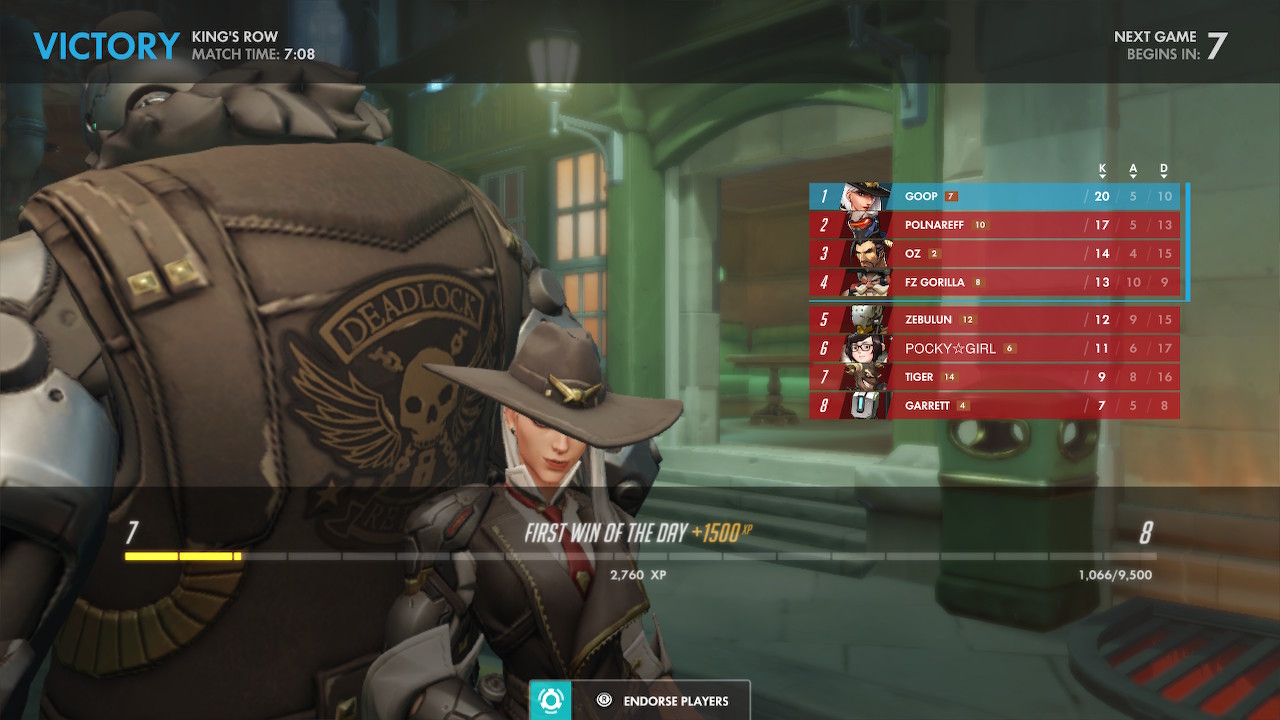
Despite its not-so portable nature, Overwatch in handheld mode can sometimes feel magical. Having a complete version of the game in the palms of your hands as you play in bed, while you’re cooking, or even in the bathroom is something the other versions can’t have. The faithful recreation of Overwatch‘s characters and maps is impressive, even with all the compromises. It works, and playing a few casual matches on the couch while watching TV is an awesome luxury.
Losing The Objective
While you may be able to enjoy Overwatch on Switch in unprecedented forms of comfort, actually playing the game in handheld mode doesn’t feel as good. Competitive multiplayer shooters are intense and – depending on what character you’re using – require precise aiming and quick movements. The small size and awkward layout of the Joy-Cons hinder both comfort and accuracy in handheld mode. By allowing players to tilt the Switch or their controller to make finer movements in their aiming, gyro controls should alleviate these two issues.
Sadly this doesn’t work as well thanks to the game’s low framerate. Overwatch runs at a stable 30 frames per second most of the time. It’s solid, but low framerate on any competitive multiplayer shooter is a rough experience. There are also issues with characters not loading in for a while after joining a match. It’s not unplayable, but it simply does not feel as smooth or reliable as multiplayer shooters should be. The lack of smoothness in performance spills into the gyro controls, making the motion aiming to feel sluggish and unreliable.
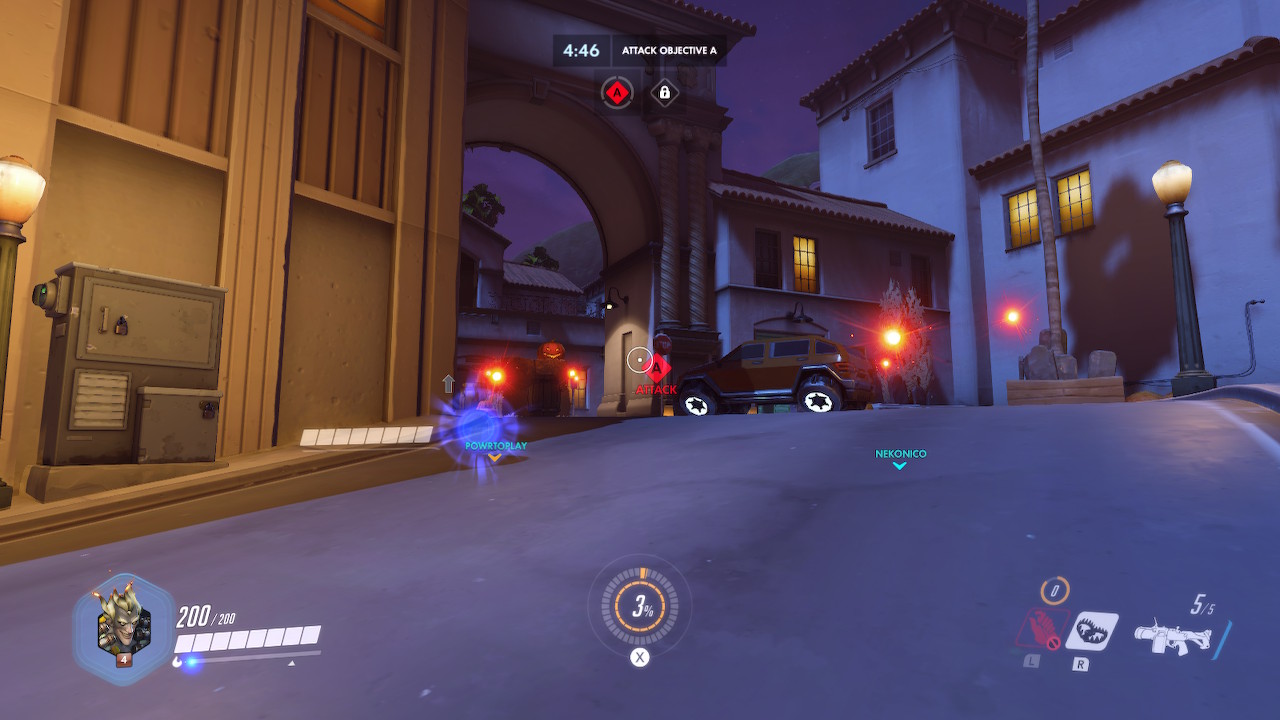
If you were planning to play the game primarily in docked mode with a Pro Controller, most of these issues are irrelevant. At that point, though, you’re better off looking into playing the game on a different platform with better graphics and performance.
Final Thoughts
Overwatch works on Switch, but not as well as I’d hoped. While it’s impressive to watch the endearing cast and distinct maps come to life in great detail on the Switch’s tiny hardware, it’s not enough. I still believe Overwatch’s diverse characters make for an engaging and unique multiplayer shooter worth experiencing, though. If you’re interested in Overwatch and only own a Switch, this is a decent way to become familiar with the iconic hero shooter. For others who have access to the game on another platform, I’d recommend checking it out there instead. Overwatch: Legendary Edition is available at retail and on the Nintendo eShop for $39.99.
Review Copy Provided by Activision Blizzard
